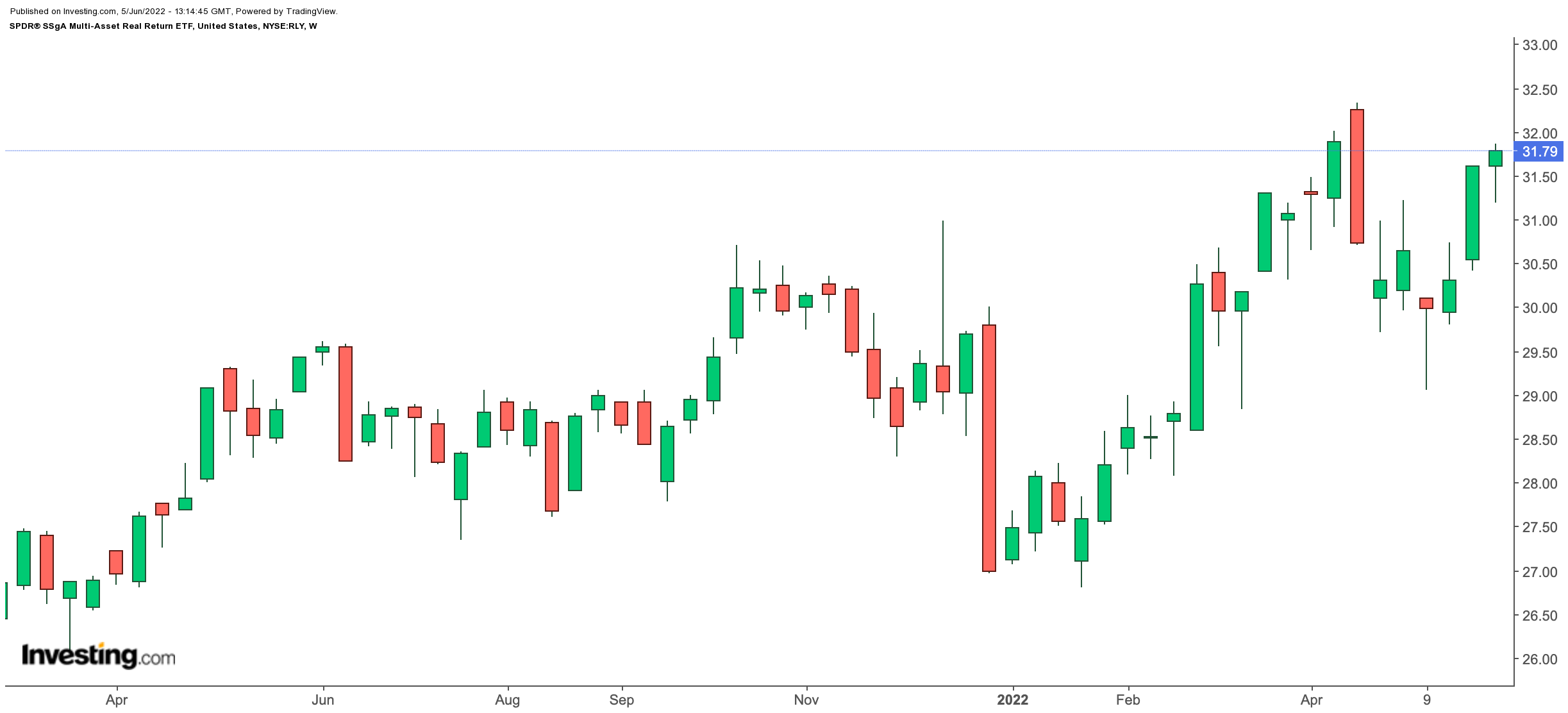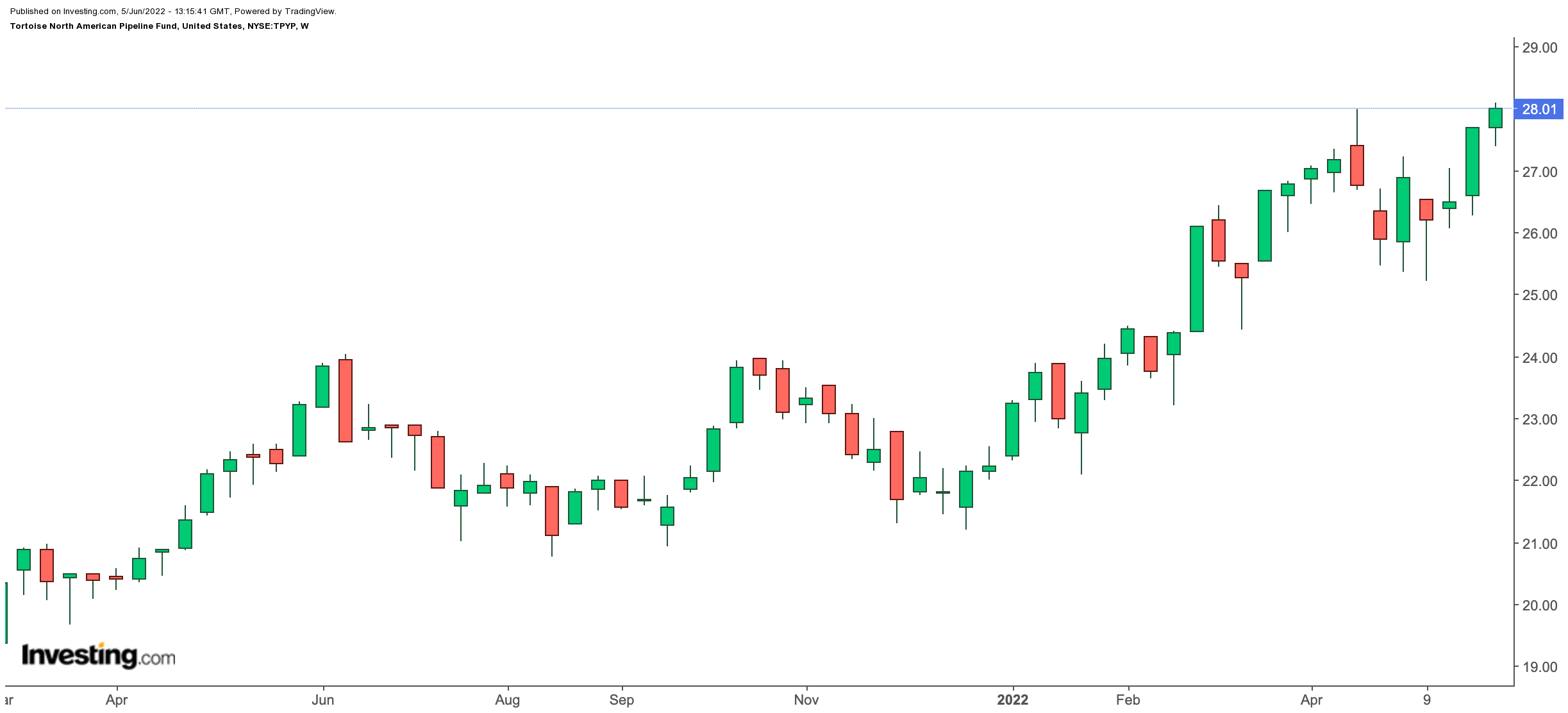At a banking conference on June 1, Jamie Dimon, the much followed CEO of JPMorgan Chase said about the US economy:
"It's a hurricane."
"Right now, it's kind of sunny, things are doing fine. Everyone thinks the Fed can handle this. That hurricane is right out there down the road coming our way. We just don't know if it's a minor one or Superstorm Sandy."
He added: “you better brace yourself.”
Last week also saw similar dire remarks from John Waldron, COO of Goldman Sachs and Elon Musk, CEO of Tesla. All these warning come after Jane Fraser, CEO of Citigroup, said:
“There are three ‘R’ words right now. It’s Russia, Recession and Rates.”
As a result of such poor sentiment on Wall Street, the S&P 500 index has lost over 0.5% since the start of June, pushing the broad benchmark's decline to 13.5% year-to-date (YTD). Financial shares, including banks and credit card issuers, have suffered significantly since the end of May. For instance, Citigroup (NYSE:C), Wells Fargo (NYSE:WFC), and American Express (NYSE:AXP) have dropped roughly 3.9%, 2.1%, and 1.2%, respectively.
Nevertheless, the next move for the economy and most stocks isn't easy to predict. According to Dimon, his bank’s balance sheet will be positioned conservatively. Still, he believes the US consumer remains strong, in part thanks to a healthy job market.
Today’s article, therefore, introduces two exchange-traded funds (ETFs) that could also help readers take more defensive steps in portfolio construction. These funds could particularly appeal to passive income-focused readers.
1. SPDR SSGA Multi-Asset Real Return ETF
- Current Price: $31.79
- 52-week range: $26.80 - $32.34
- Dividend yield: 10.48%
- Expense ratio: 0.50% per year
Multi-asset ETFs differ from more traditional equity funds that track the performance of a specific benchmark. Many multi-asset funds invest in a range of asset classes, including stocks, fixed income, commodities or real estate.
Our first choice, the SPDR® SSGA Multi-Asset Real Return ETF (NYSE:RLY), invests in other ETFs to generate current income and achieve some capital appreciation. This actively managed fund started trading in April 2012.

In terms of asset allocations, we see natural resources (34.5%), global infrastructure (23.1%), commodities (24.9%), and real estate (7.7%). RLY holds 11 other funds, three of which comprise roughly three-quarters of $443 million in net assets. Top holdings include:
SPDR® S&P Global Natural Resources ETF (NYSE:GNR)—up 15.5% YTD;
Invesco Optimum Yield Diversified Commodity Strategy No K-1 ETF (NASDAQ:PDBC)—up 43.9% YTD;
SPDR® S&P Global Infrastructure ETF (NYSE:GII)—up 6.9% YTD;
SPDR Bloomberg 1-10 Year TIPS ETF (NYSE:TIPX)—down 5.4% YTD; and
SPDR® Dow Jones REIT ETF (NYSE:RWR)—down 15.7% YTD.
RLY hit a record high on Apr. 21, and has returned 17.7% since January. Readers who expect that the combination of quantitative models employed as well as the active management style of the fund may bring more returns should keep RLY on their radar.
2. Tortoise North American Pipeline Fund
- Current Price: $28.01
- 52-week range: $20.77 - $28.10
- Dividend yield: 3.98%
- Expense ratio: 0.40% per year
Next up is the Tortoise North American Pipeline Fund (NYSE:TPYP), a passively managed fund, which mainly provides broad exposure to the energy pipeline sector space in North America. It started trading in June 2015.

TPYP has 52 holdings, where the leading 10 comprise roughly 60% of $596 million in net assets. These pipeline names may be structured as corporations, limited liability companies (LLCs) or Master Limited Partnerships (MLPs)—a topic we regularly cover.
More than half of the fund's portfolio comes from the natural gas pipelines sector. Next are local gas-distribution companies (19%), crude oil pipelines (15%), gathering and processing (8%), and refined products pipelines (5%).
The Williams Companies (NYSE:WMB), Enbridge (NYSE:ENB), TC Energy (NYSE:TRP), Kinder Morgan (NYSE:KMI), Enterprise Products Partners (NYSE:EPD) and Cheniere Energy (NYSE:LNG) are among the leading energy names on the roster.
TPYP, which recently saw an all-time high, is up 26% YTD. Investors who see continued strength in the broader energy space should research this ETF further.
